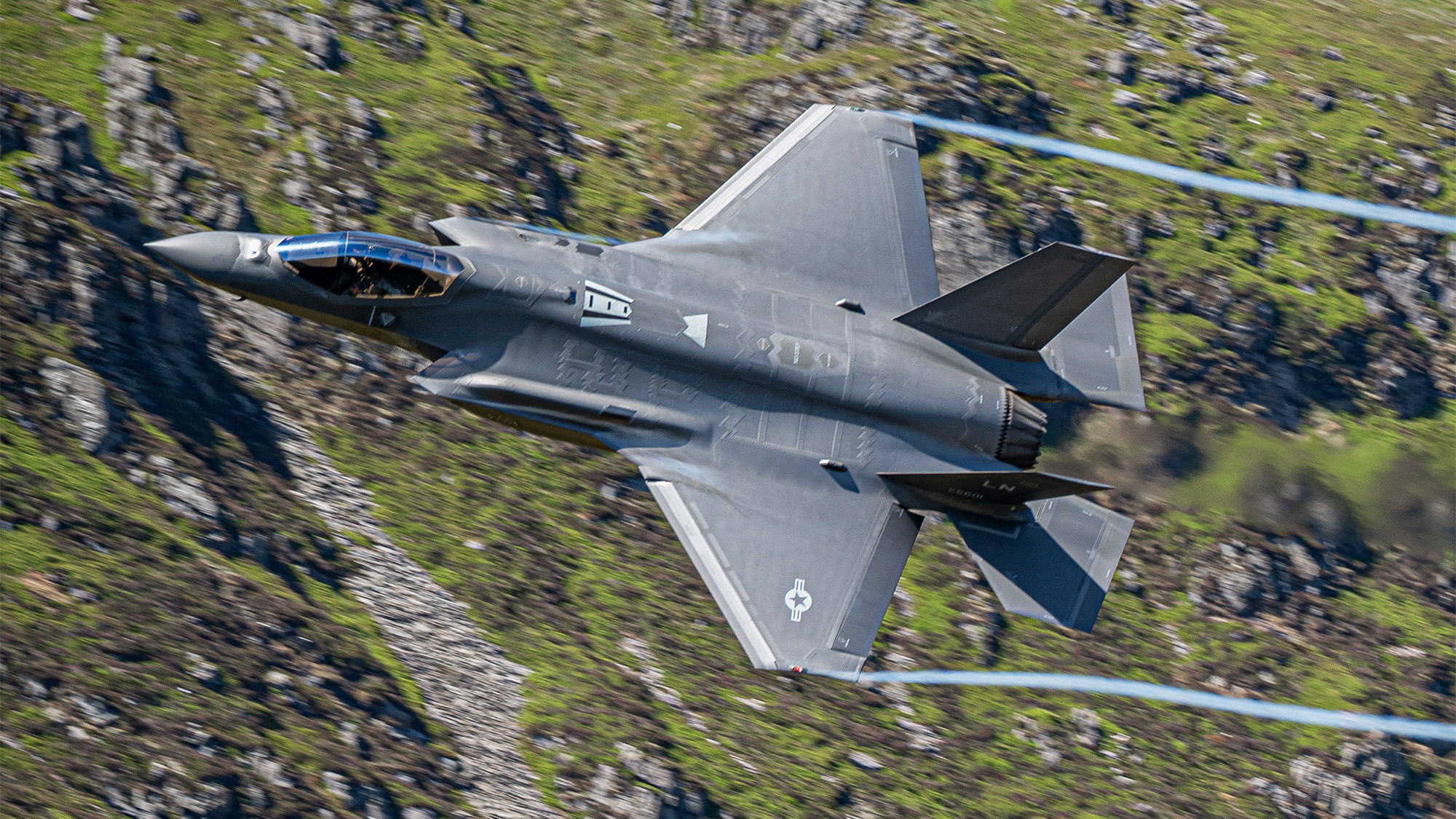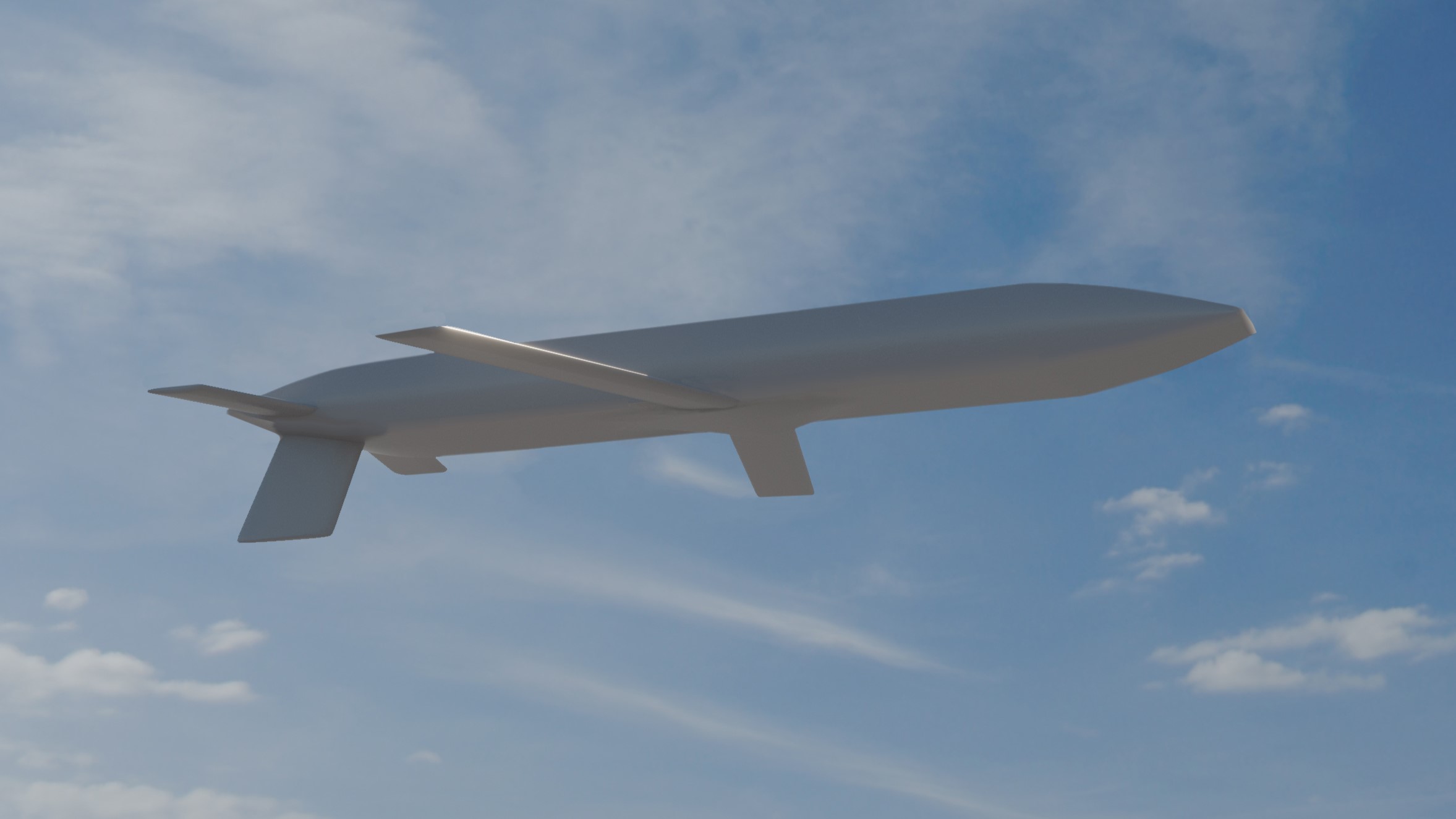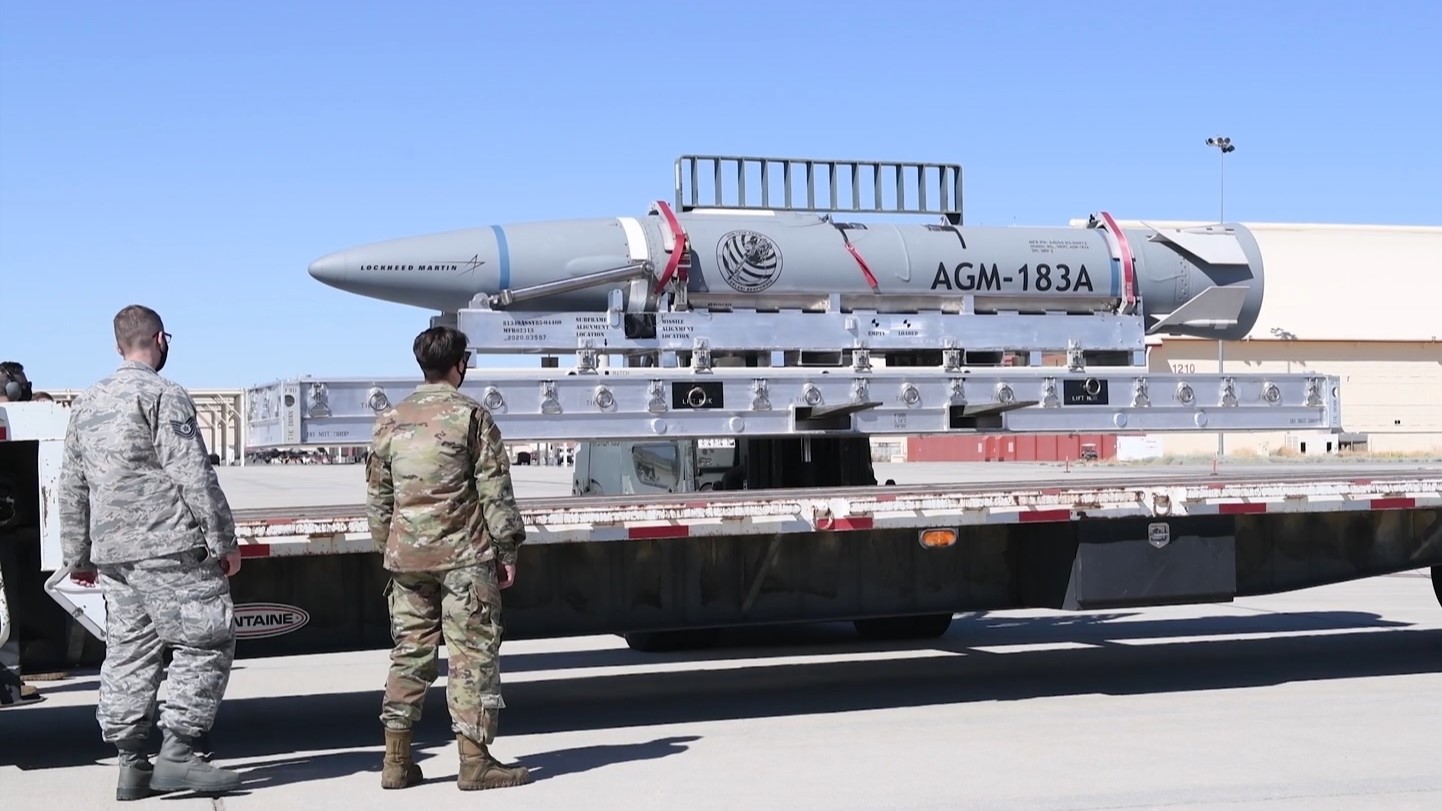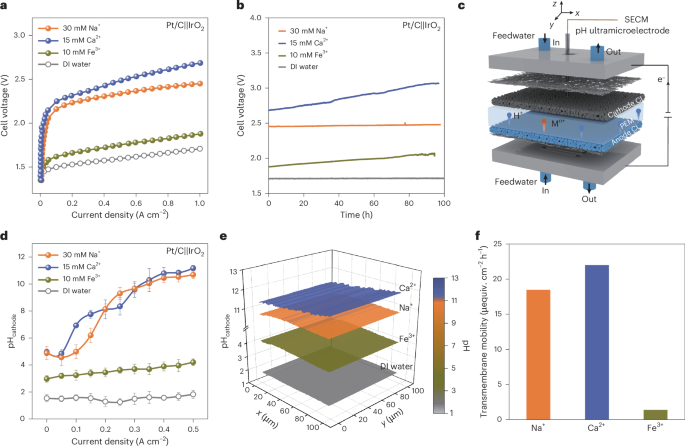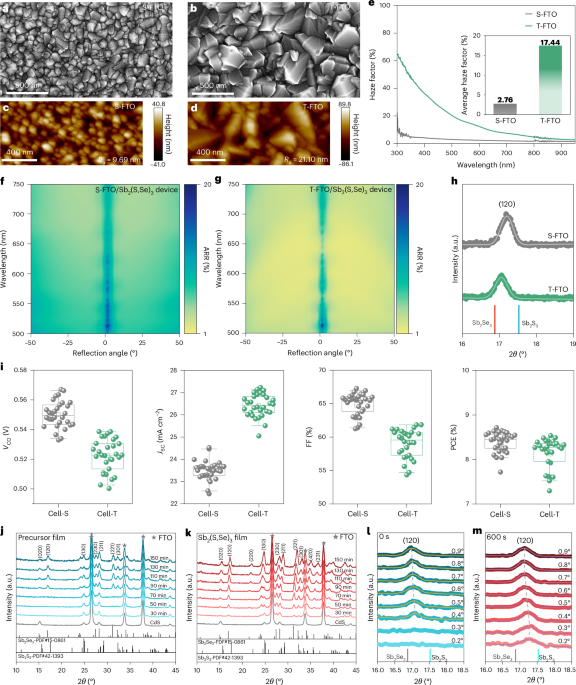First Next-Gen OPIR missile warning launch pushed to 2026
Program officials overseeing the Next Generation Overhead Persistent Infrared (Next-Gen OPIR) effort told GAO investigators that the delay was caused not only by developmental problems, but also the Space Force’s launch backlog.


Lockheed Martin’s Next Generation Overhead Persistent Infrared (OPIR) Geosynchronous Earth Orbit (NGG) Block 0 early missile warning satellite. (Photo credit: Lockheed Martin)
WASHINGTON — The Space Force has determined that the launch of its first next generation missile warning satellite to geosynchronous Earth orbit (GEO) planned for late this year now will happen “no earlier” than next March, according to a new report by the Government Accountability Office (GAO).
Program officials overseeing the Next Generation Overhead Persistent Infrared (Next-Gen OPIR) effort told GAO investigators that the delay was caused not only by developmental problems — although the overall effort is still facing some technical hurdles with its payload — but also the Space Force’s launch backlog.
“In February 2025, after our cutoff date for new information, the program reported that the satellite will be delivered as planned in September 2025, but due to a crowded 2025 launch manifest, Next Gen OPIR GEO will be launched no earlier than March 2026. This launch determination was made by the Space Force’s launch program office,” the congressional watchdog office said in its annual review of the Defense Department’s highest dollar acquisition programs.
Next-Gen OPIR is being developed as the replacement for the current missile warning constellation, the Space-Based Infrared System (SBIRS). While there are six SBIRS birds on orbit, Next-Gen OPIR will include only four satellites: two in GEO and two in polar orbit. This reflects plans by the Space Force to transition to a dispersed set of more modern satellites in lower orbits capable of providing both early launch warning and tracking of ballistic and hypersonic missiles.
Lockheed Martin is developing the Next-Gen GEO satellites, and RTX is building the main infrared sensor payload. According to GAO, RTX delivered the sensor package last August after a 13 month delay due to technical hurdles. As early as April 2024, the Air Force’s then-space acquisition czar Frank Calvelli had warned Congress that the problems with the mission payload could push the first launch over to 2026.
Northrop Grumman is developing the two Next-Gen Polar satellites, and in a bit of good news for the Space Force, the GAO report says that project is “on track” for a first launch in 2028.


















































































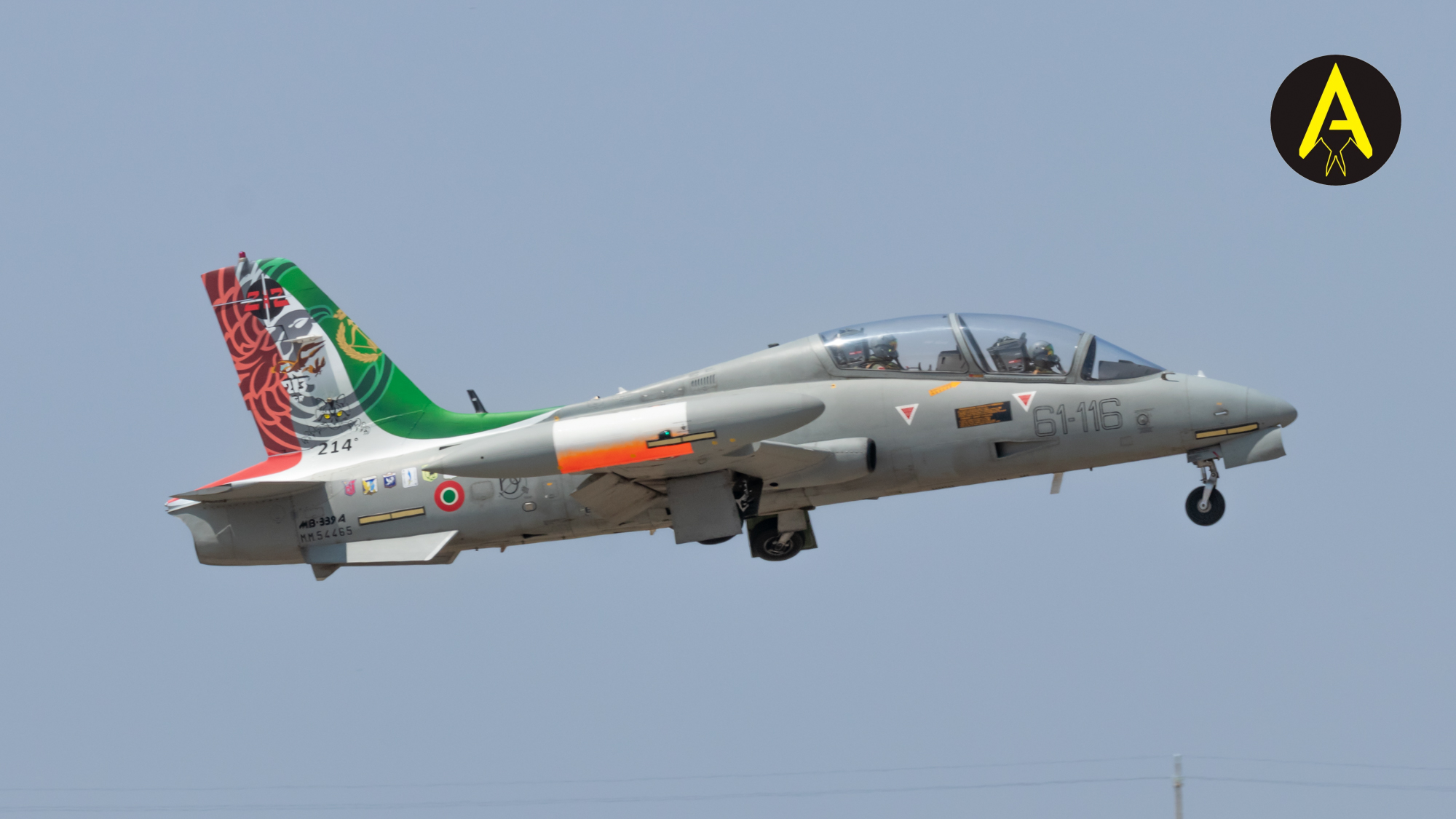


![Inside Honeywell’s plan for a new F-35 cooling system [Video]](https://breakingdefense.com/wp-content/uploads/sites/3/2024/07/8509355-1-scaled-e1721820217290.jpg?#)














